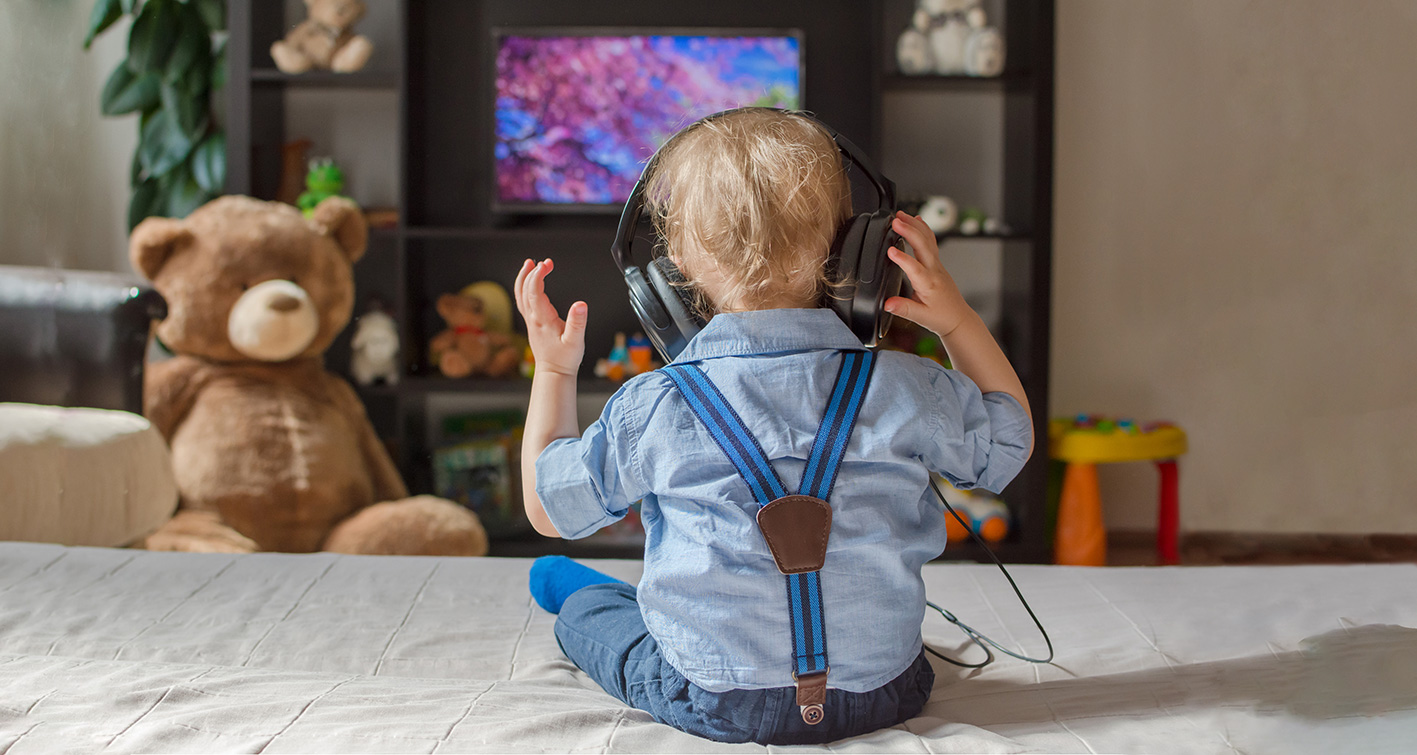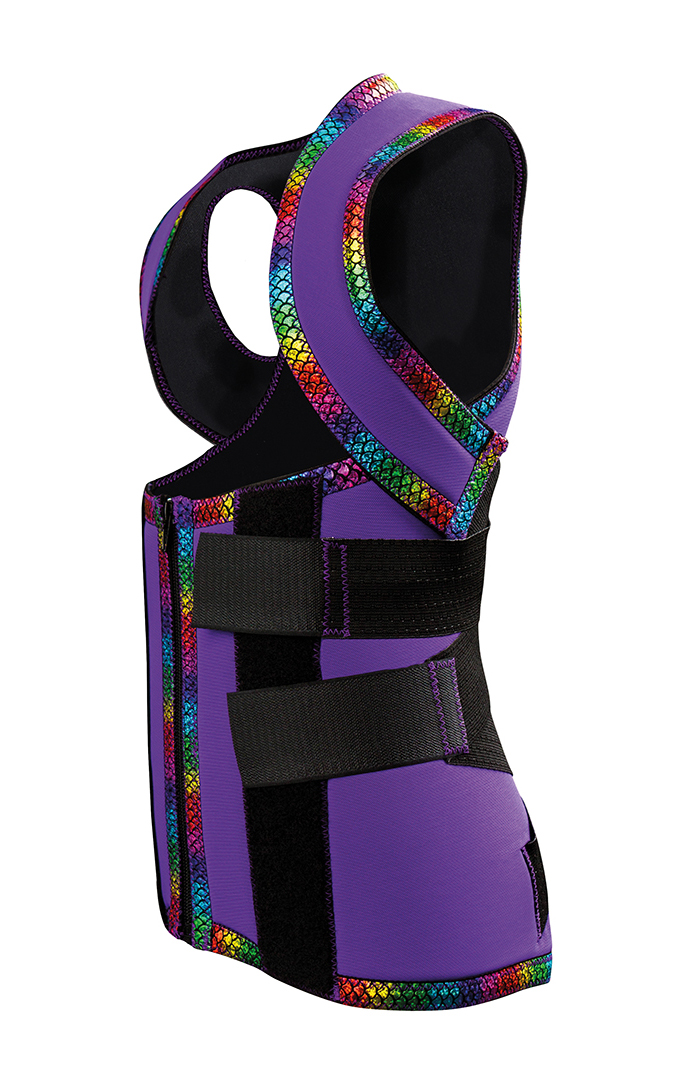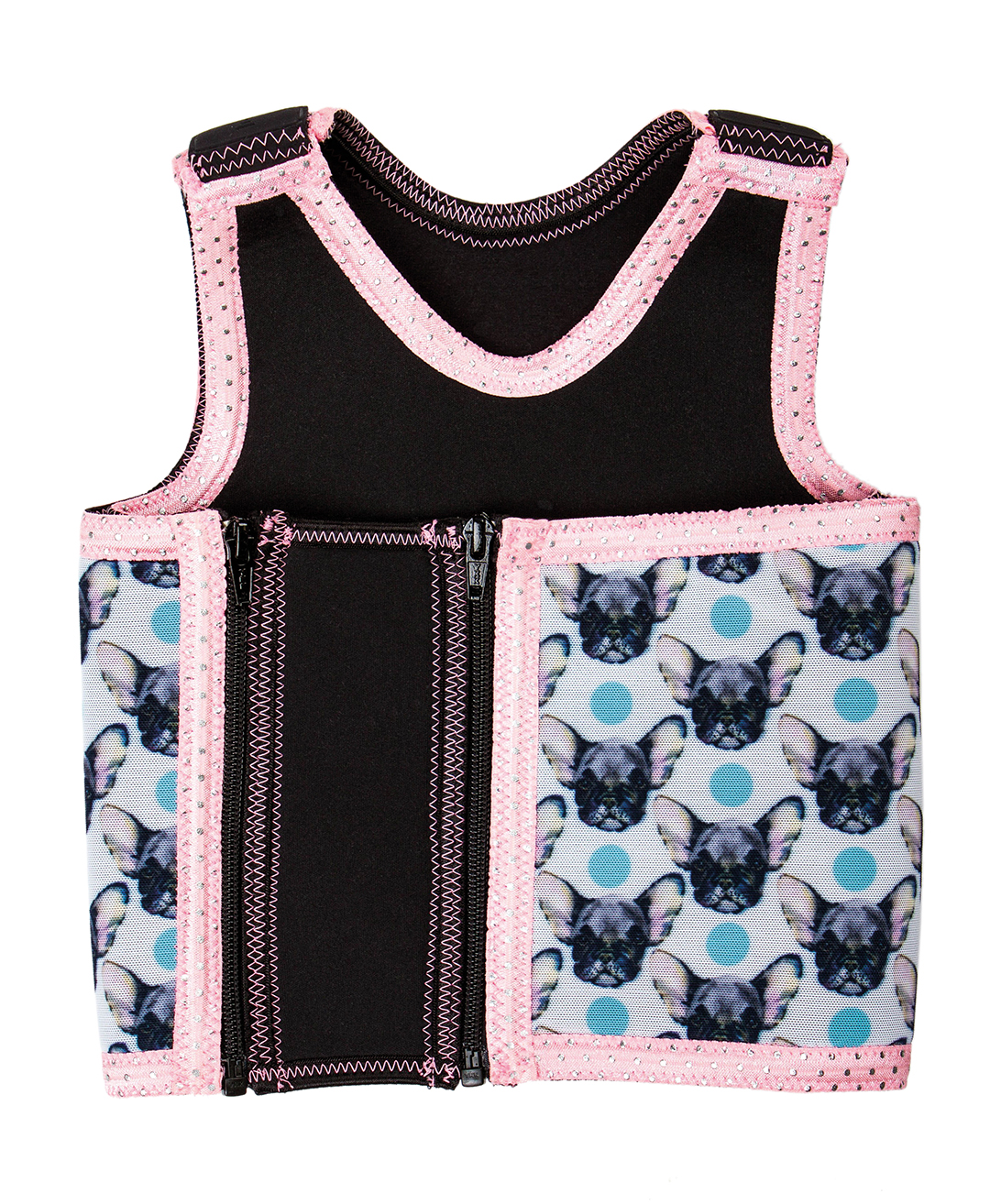 Recent statistics from Data Reportal reveal that the average amount of time that people spend looking at screens is a massive 44% of their total waking hours every day.
Recent statistics from Data Reportal reveal that the average amount of time that people spend looking at screens is a massive 44% of their total waking hours every day.
Babies and toddlers are also spending increasing amounts of time viewing media on both televisions and mobile devices, which has been linked to a corresponding rise in their exhibition of atypical sensory behaviours.
This worrying link has been established in a study carried out by researchers at Drexel University in Pennsylvania, USA. The findings of the research team indicated that children under the age of 33 months who were exposed to viewing screens were more likely to exhibit 'low registration', 'sensation avoiding' and 'sensation seeking' behaviours than those who were not.
The focus of the research was on 'children who had greater exposure to TV viewing by their second birthday.' Analysing data from the National Children's Study, the research looked at 1,471 individuals; the screen exposure measurements of these children at age milestones of 12, 18 and 24 months of age were provided by their respective caregivers.
 |
| Sensory Hug® Maxi in Mermaid |
Key findings from the study included:
- By the age of one year, children who had experienced any amount of exposure to screens had a 105% greater likelihood of displaying levels of sensory behaviour in the 'high' category.
- Each additional hour of screen time increased the likelihood of falling into the 'high' category by 23% in children at the age of 18 months.
- By the age of 24 months, each addition hour of viewing screens resulted in a 20% higher chance of the child's atypical sensory behaviours receiving a score that placed them in the 'high' category.
Commenting on these concerning results, the study's lead author Dr. Karen Heffler said: " This association could have important implications for attention deficit hyperactivity disorder and autism, as atypical sensory processing is much more prevalent in these populations."
How dynamic LYCRA® helps with sensory seeking behaviours
Conditions that are characterised by difficulties in sensory processing (such as ADD/ADHD, SPD/SID and autism) can be difficult to manage. Clinical evidence and observation has proven that the application of deep pressure, otherwise known as 'dynamic compression' can help manage these sensory seeking behaviours.
 |
| Sensory Hug® Mini in Bulldog showing zip strip detaili |
Delivering dynamic compression has in the past been challenging as the pressure must be consistent and continuous in order to produce the beneficial effects. To solve this pressing issue, the Sensory Hug®; one of 'The World of SDO®' garment ranges by Medigarments Ltd, was created.
Crafted from dynamic LYCRA®, garments from our leading SDO® Sensory Dynamic Orthosis collection have been shown to help reduce both the incidence and severity of the atypical sensory behaviours often associated with neurological conditions like autism and ADHD.
The sensory and proprioceptive feedback the garment provides helps to reduce overactivity, anxiety, restlessness and other negative patterns of sensory-seeking behaviour. These marked decreases directly result in corresponding increases in things like attentiveness, concentration, body awareness, stability, independence, calmness, coping ability and general functioning.
For more information on our Sensory Hug® and other SDO® ranges, please visit the product pages on Medigarments Ltd's website or reach out to our expert clinical team who are happy to assist you. For more special features like this one here, please subscribe to our free email newsletter or alternatively spread the word by liking and following us on Facebook, Twitter, Instagram and LinkedIn.
The Sensory Hug® is part of The World of SDO® Sensory Dynamic Orthosis range of dynamic LYCRA® compression garments by Medigarments Ltd. Sensory Hug® and SDO® are the registered trademarks of Medigarments Ltd.

